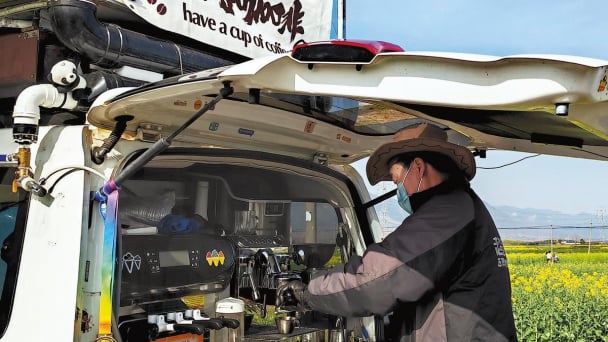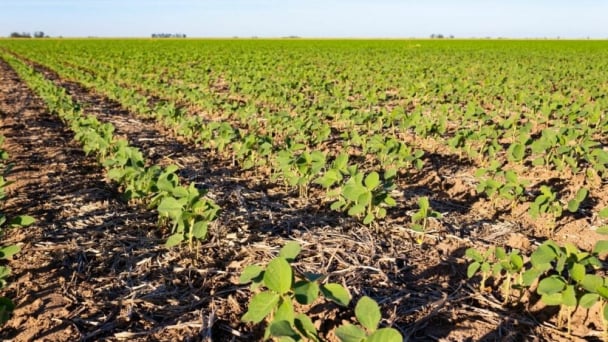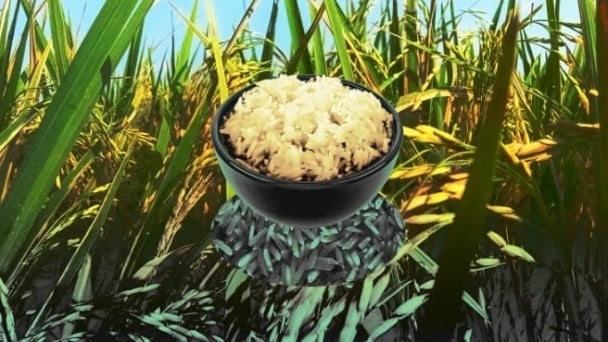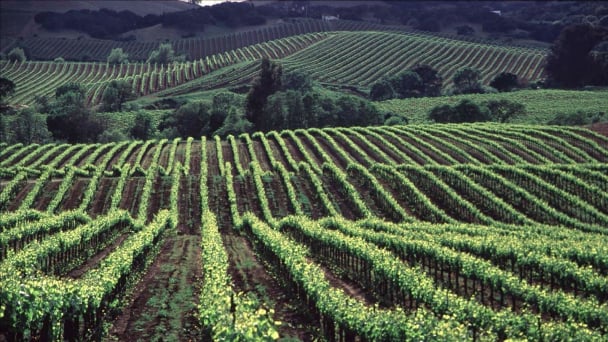May 5, 2025 | 02:41 GMT +7
May 5, 2025 | 02:41 GMT +7
Hotline: 0913.378.918
May 5, 2025 | 02:41 GMT +7
Hotline: 0913.378.918

The Statistical Yearbook is a primary tool for policymakers, researchers and analysts, as well as laypersons interested in the past, present and future paths of food and agriculture.
The Food and Agriculture Organization of the United Nations (FAO) has launched today its annual Statistical Yearbook, covering latest trends in the world’s agrifood systems and highlighting for the first time the impact of disasters on agriculture and the cost and affordability of a healthy diet.
Drawing on the wealth of information that FAO statisticians produce across the Organization, this publication offers a synthesis of the major factors at play in the global food and agricultural landscape. The 2023 edition comprises well-organized data sectioned into four thematic chapters, covering the economic importance of agricultural activities; inputs, outputs and factors of production; implications for food security and nutrition; and agriculture’s impacts on the environment.
The Statistical Yearbook is a primary tool and indispensable reference for policymakers, researchers and analysts, as well as laypersons interested in the past, present and future paths of food and agriculture.
“Timely, accurate and high-quality data and statistics are the cornerstone of solid policy design, where decisions are based on hard evidence, and monitoring and evaluation rely on strong statistical systems.” said José Rosero Moncayo, Director of FAO’s Statistics Division in the foreword to the publication. “This has become all the more critical as governments around the world commit to major sectoral and national development plans, as well as regional and global development agendas.”
Major highlights
This year, the publication highlights the impact of disasters on agriculture and quantifies the magnitude of losses resulting from these events.
Data on the cost and affordability of a healthy diet, which have been released recently in FAOSTAT, are also showcased in this year’s edition, providing a measure of economic access to nutritious foods and healthy diets that are a key link between food security and nutrition.
Another important highlight of this year's edition is the food loss percentage. It is the highest in sub-Saharan Africa (almost 20 percent in 2021) and the lowest in Northern America and Europe (9 percent). Food losses vary considerably from one region to another within the same commodity groups and supply chain stages.
Finally, the publication taps on the structural characteristics of the agricultural sector coming from censuses of agriculture that users can now easily compare across countries and census rounds for the first time.
Key facts and figures
The Statistical Yearbook 2023 is available in a digital version, and as a pocketbook printed edition which provides a quick and easy reference to the main facts and trends.
The Statistical Yearbook is only one of a series of tools and statistical publications that FAO provides to users. The freely accessible FAOSTAT data platform contains the largest statistical database on food and agriculture in the world, with approximately 20 000 indicators covering more than 245 countries and territories, and around 2 million views each year.
(FAO.org)

(VAN) The central authorities, in early April, released a 10-year plan for rural vitalization.

(VAN) Viterra marked a significant milestone in its carbon measurement program in Argentina, called Ígaris, reaching 1 million soybean hectares measured.

(VAN) Minnesota study adds to growing evidence of human-accelerated erosion, which could jeopardize agriculture.

(VAN) QU Dongyu addresses International Conference of the Global Mountain Dialogue for Sustainable Development in Kyrgyzstan.

(VAN) Rising sea levels are becoming a real threat in Indonesia. On Java island, a woman keeps planting mangrove trees to protect her home from the sea.

(VAN) Warmer temperatures and more carbon dioxide will boost levels of arsenic, a dangerous heavy metal, according to new research.

(VAN) California's $59 billion agriculture industry faces serious disruption as the U.S. clashes with China - one of the state's major export markets.